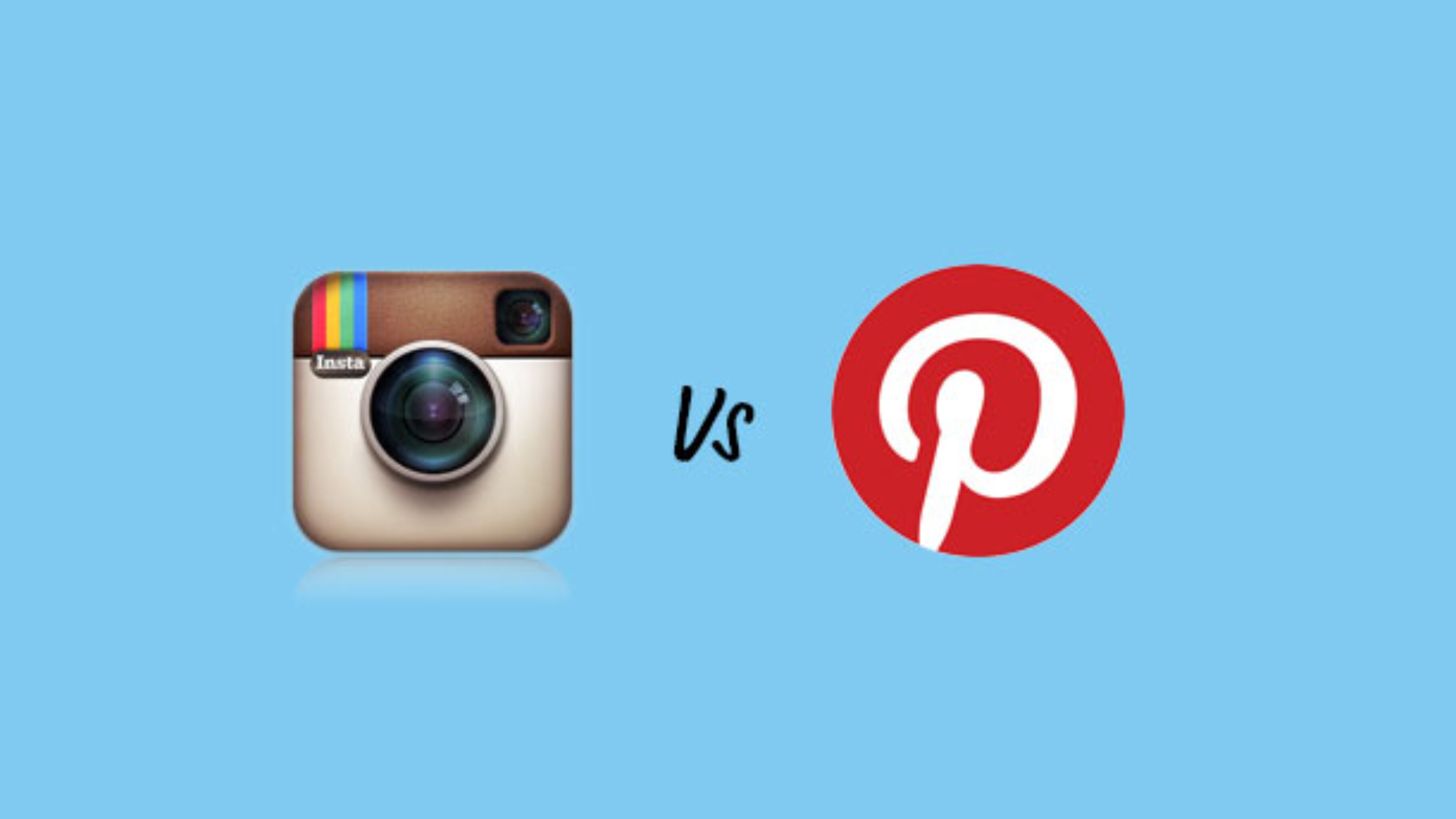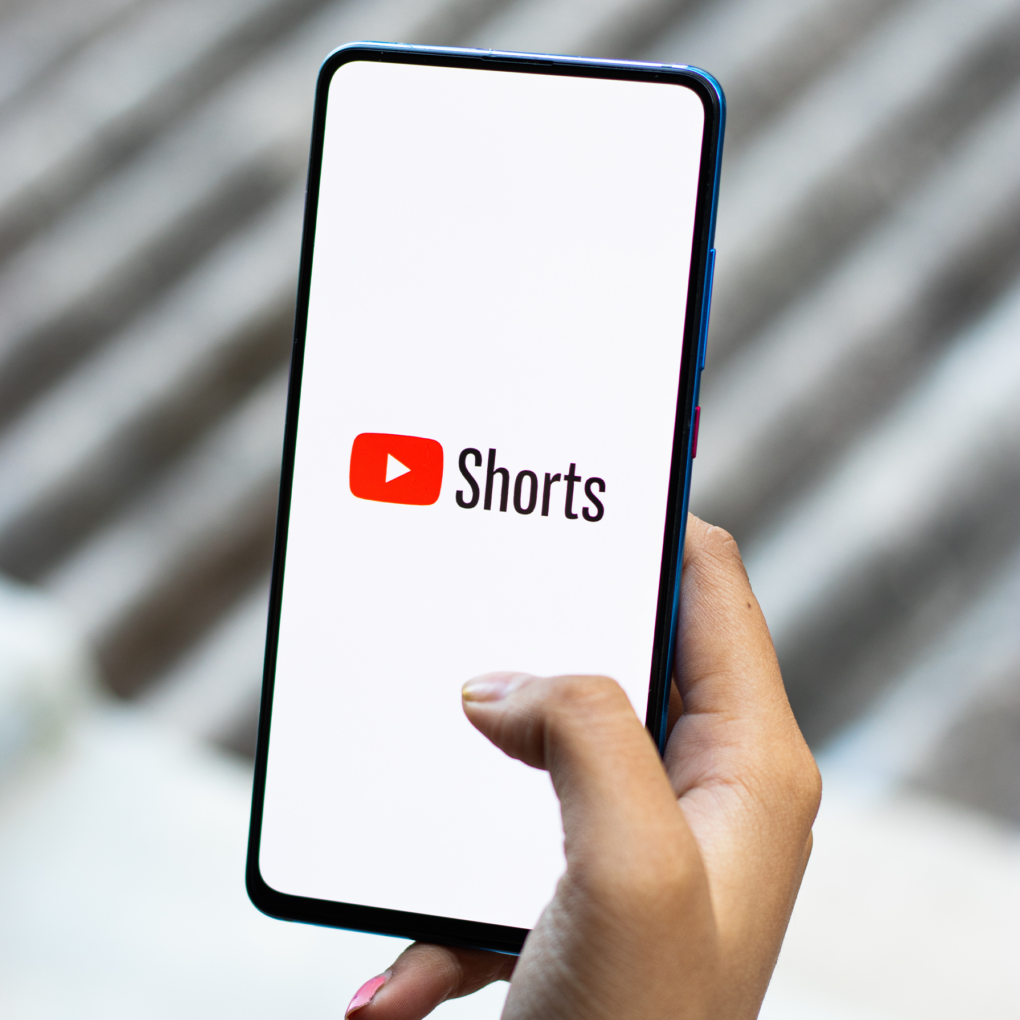In recent months, both Instagram and Pinterest have put themselves forward as the social media platform most in sync with driving eCommerce sites sales. Both platforms recently developed new tools such as their respective buy buttons aimed at allowing consumers to purchase items directly from these platforms. Many brands have utilised the two platforms, making their own branded pages, with tailored content and heavy imagery, showcasing their products. The issue for marketers has not been in getting traffic to these sites, as both Instagram and Pinterest are growing in popularity, but rather that many marketers face a problem in converting their growing traffic levels to revenue.
Pinterest, was hotly tipped to be the eCommerce marketers platform of choice, especially if the marketer was targeting their brand’s products specifically at women. All the evidence pointed towards Pinterest becoming the lynch pin in any female-centric brand’s social media marketing, mainly because 70% of its users are women, as opposed to Instagram who have 55% female users.
In theory Pinterest’s buy button should be more effective at converting traffic into sales, than Instagram’s offering. The Pinterest button allows consumers to make their purchases without leaving the Pinterest site, they can do this via Apple Pay or credit cards. The 70 million engaged users were tipped to take to the new function like ducks to water. Instagram allows your brand to link to its website via its profile, but no onsite purchases can be made. Despite this functional shortcoming, Instagram actually has the higher browser-to-shopper conversion rate.
So why is Instagram more effective?
Marketers looking to increase their companies sales via Pinterest have targeted women only with their messaging and content. This is a mistake for several reasons.
Yes, it is true that the majority of Pinterest users are female, but it is also true that it’s mainly men who are slightly more interested in purchasing directly on social networks by use of a social buy button. Furthermore, marketing to one gender on one platform, is not nearly as effective as marketing to both genders on one platform. By all means marketers will benefit from targeting their marketing messages and content towards a specific gender, but segregating their female-targeted messages onto an entirely separate platform is wasteful.
Instagram is a gender balanced platform that affords brands the opportunity to continue their in-store approach of targeting items, be they clothing, accessories or otherwise to one specific gender. By simply creating two accounts, the likes of Nike and ASOS have pushed their content at men and women separately on the same social media platform.
Another key reason why Instagram is storming ahead in the social media race to attract the most eCommerce sales, is that Instagram allows brands to promote a certain lifestyle and personality. The content brands publish on Instagram to accompany product images, describes the lifestyle and culture that consumers are urged to buy into when they purchase these particular products. This gives consumers an opportunity to form powerful emotional connections with a brand. Social content which describes products in terms of their intrinsic attributes is not nearly as effective in garnering consumer interest and revenue as content which talks about the wider culture these products typify. Brands are often too product focused when they promote their stock on Pinterest, defeating the purpose of why consumers go onto social media in the first place.
In bringing eCommerce to the fore of it’s platform, through the buy button, Pinterest has neglected it’s social origins, whilst Instagram has provided a space where brands can come to life and share their stories and personalities. Social Media, can often provide the missing online link between the consumer and the brands official website, as social media brings brands to life in a colourful and deeply personal way. No finer is this illustrated than in the case of Instagram. All the research points to the fact that if retailers want to drive the most revenue through social media, they should create targeted Instagram accounts, that really speak to the consumer and appeal to their lifestyles.








